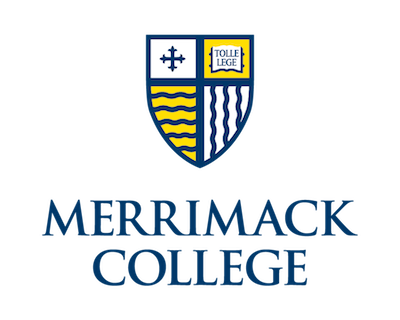Below is a summary of the abstract you submitted. Presenting author(s) is shown in bold.
If any changes need to be made, you can modify the abstract or change the authors.
You can also download a .docx version of this abstract.
If there are any problems, please email Dan at dar78@pitt.edu and he'll take care of them!
This abstract was last modified on March 15, 2022 at 10:36 p.m..

Austelle is a mycobacteriophage infecting M. smegmatis that was isolated in September, 2021 on the campus of Merrimack College in North Andover, Massachusetts. Austelle is a cluster B4 phage with a genome length of 71779 bp. Its closest homologs are Apex, Prince, Frederick, and RawgerThat. Austelle has a typical B4 cluster genome organization with 96 predicted gene products. The proximal half of the genome is mainly comprised of genes in the forward orientation. The distal half of the genome alternates between segments of forward-orientation and reverse-orientation genes, with the distal portion of the genome (nucleotides 63414-71779) comprised of short genes in reverse orientation with no known function. Similar to many other cluster B phages, Austelle’s genome contains a reverse-orientation gene, gp8, with homology to RuvC-like resolvase, flanked by reverse-orientation genes of unknown function, which are in turn flanked by terminase and portal protein. One notable aspect of Austelle’s genome is gp12, a predicted HNH homing endonuclease (Pham 100868) in reverse orientation flanked by a gene of unknown function (Pham 96234) and major capsid hexamer protein (Pham 99299). The only other cluster B4 genomes containing an HNH endonuclease gene are Apex and JAMal. Recently published work shows that a Hafnia phage with variable plaque morphology produces large plaques with virions that retain the HNH endonuclease gene, whereas virions extracted from small plaques lack the HNH endonuclease (Pan et al., 2022). This suggests a hypothesis in which HNH endonuclease insertion within B4 phage genomes may influence plaque morphology.
